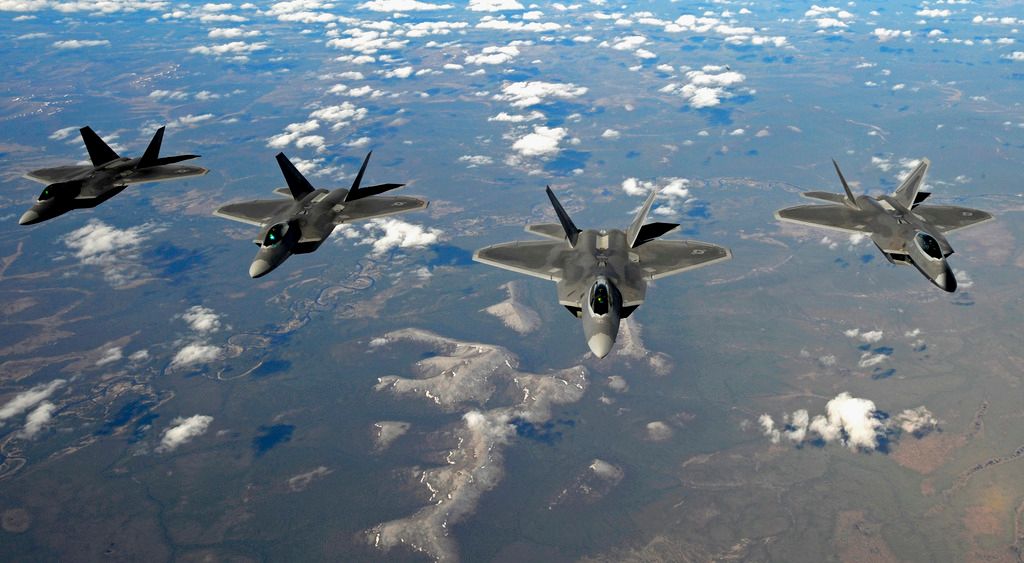Very Good question? Your example of the Mig-31 has a very high top speed, but is overall a rehash of the Mig-25, both of which have a radar signature like the Empire State Building. To achieve those speeds requires lots of fuel, and may in fact damage the engines beyond their limits due to heat, and that heat makes it easy to find!
The F-22 on the other hand goes about its work at very high altitude, at very high speed, (Mach 1.8 supercruise without Burner), the F-22 is very stealthy? ( those 5 F-15 jockeys had no idea he was even there, despite one of the best radars in the business), so Jura's model of the Flankers against the F-22 is flawed because it is assumed that the Flankers will be able to target F-22s, which in practice, in real life has proven almost impossible!
So an aircraft that has a large radar return/heat signature, lacks overall maneuverability compared to new generation aircraft. Has to rely on hit and run to hopefully pick off a target which is very stealthy, while the 4.5 to 5th gens are relatively a little slower, but much more difficult to detect, emitting little to nearly nothing in the case of the F-22, while being much more fuel efficient.
The F-15 remains a very efficient with a tremendous radar, and in newer version RCS has been reduced, so against the same Mig-31, Su-35, and even the PAK-FA, is able to engage BVR, so while the Russian AAMs may have a longer range??? I rather doubt their radar is superior to that of the F-15, and in no way are they in the same league as the F-22, or even F-35.
 but why build new fighters with very powerful engines limited to mach 2.2 F-22 or less Typhoon, Rafale mach 1.8, clearly less fast as their predecessors less sophisticated by ex F-15/Su-27 mach 2.5 ! it is enough strange.
but why build new fighters with very powerful engines limited to mach 2.2 F-22 or less Typhoon, Rafale mach 1.8, clearly less fast as their predecessors less sophisticated by ex F-15/Su-27 mach 2.5 ! it is enough strange.


